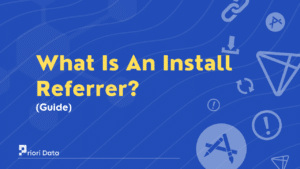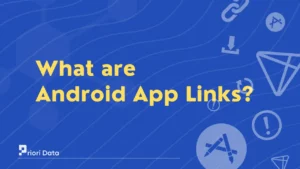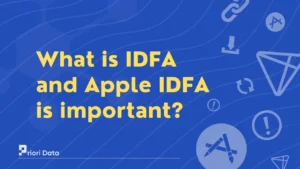A push notification is a pop-up message that allows appearing on a user’s device through an app or website. Real-time server messages appear on your screen to alert you of new content.
They have become essential tools for communication in today’s digital world. They enable developers to provide users with real-time updates, reminders, and promotions. It delivers quick and useful data to customers without opening the app itself.
If you’ve ever received a message on your phone, tablet, or computer that pops up outside of a specific app or website. So, a push notification would look like this.
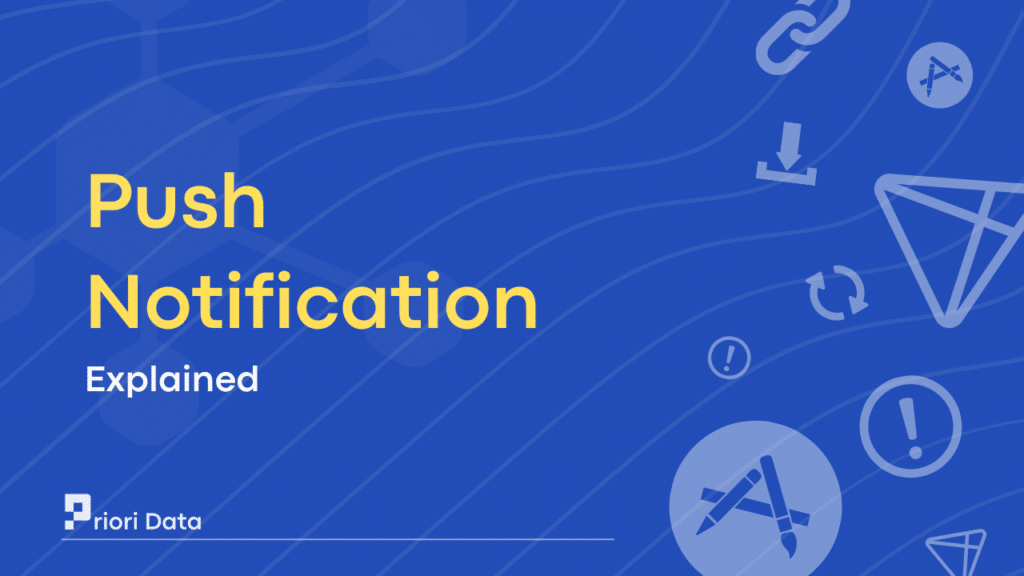
In simple terms, a push notification is a short clickable message that is sent to a user’s device through an app.
Even when they are not using your app or website, it’s a simple method to interact with your audience. These have become crucial tools for businesses, social media platforms, and more.
Functioning of Push Notifications
Push notifications use a technology called push technology. With this technology, servers may alert devices without the user’s involvement.
When an app is installed it can enable push notifications, the app sends a request for this service. That helps in registering the user’s device for notifications.
To display notifications on the user’s device, these service providers act as mediators. Then that notification appears on the user’s screen, along with any sound or vibration. The message may contain data, such as a link to any article or the number of new messages received.
Benefits of Push Notifications
Push notifications offer several benefits for both users and app developers. With personalized notifications, you can enhance their experience with your app or website.
That may help them to feel more connected to your brand. They provide timely relevant content, which results in user interaction with the app. So, it can improve customer experience and increase user engagement.
Push notifications are a cost-effective way to advertise your website or app. You can use push notifications to engage with users instead of traditional ads.
It generates revenue by promoting new products and encouraging users to make purchases.
Are Push Notifications automatic?
Yes, push notifications are automatic messages sent from an app or website to a user’s device. This can be done without requiring any manual action on the part of the user. These notifications can trigger various actions, such as receiving messages or getting an update.
Once a user has opted-in to receive push notifications from an app or website. The messages can deliver to their user’s device notification center or lock screen. Following that, the user has the option to click on the notification, dismiss it, or take some other action.
Push notifications can be a useful way to keep users engaged with an app or website. It’s crucial that developers and businesses use them wisely and refrain from spamming. It’s also important for users to have control over their settings and be able to opt out if they choose to do so.
Various Types of Push Notifications
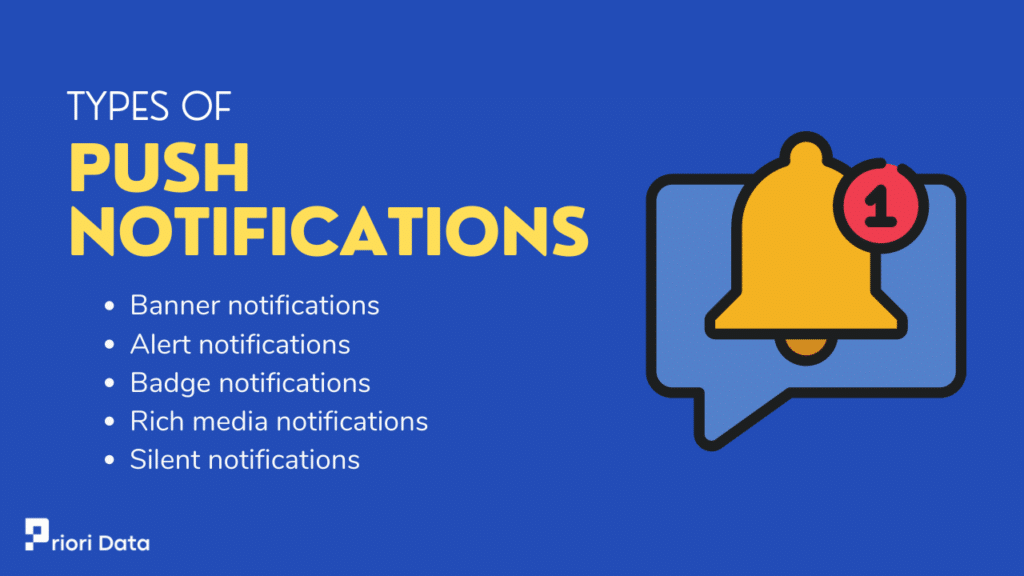
1. Banner notifications
A banner notification is an alert displayed on the screen to inform the user of an event. We can dismiss them or click to open the app.
Banner notifications are a common feature on mobile devices. They provide users with quick, at-a-glance information without interrupting their current activity. But, some users find it to be distracting, so many apps provide the option to disable or customize them.
2. Alert notifications
They are like pop-up message that requires user interaction to dismiss or take action. Users can receive these alerts via various channels, like pop-ups and many more.
This involves various purposes, such as system updates, reminders, or marketing promotions. The goal of an alert notification is to grab the user’s attention to relevant information.
3. Badge notifications
They can display a badge icon on the app’s icon to show any new messages or updates. These notifications can appear as small icons, known as badges, appearing next to a user’s name.
They are active on a variety of channels, like social media platforms, and shopping sites. Let’s see an example of a social media platform that might use badge notifications. we usually get an alert when the user gets a request to follow or the number of likes.
4. Rich media notifications
They include images, videos, or interactive elements to provide a more engaging experience. These notifications provide users to get engaging and interactive experience.
Rich media notifications provide users with relevant and personalized content. For example, a news app might send a rich media notification with a preview of headlines. Similarly, a shopping app might alert you with a product image along with discounts to buy your item.
5. Silent notifications
They do not display any message or alert but can wake up the app in the background to perform a task.
For example, a messaging app might use a silent notification to inform the user about a new message. This involves displaying an alert without sound. Users can check the alert when they are free, without disturbing them with a notification.
Best Practices for Push Notifications
While push notifications can be an effective way to engage users and promote an app.
But, if not implemented properly, they can also be intrusive and irritating to users. Here are some best practices for designing and sending push notifications.
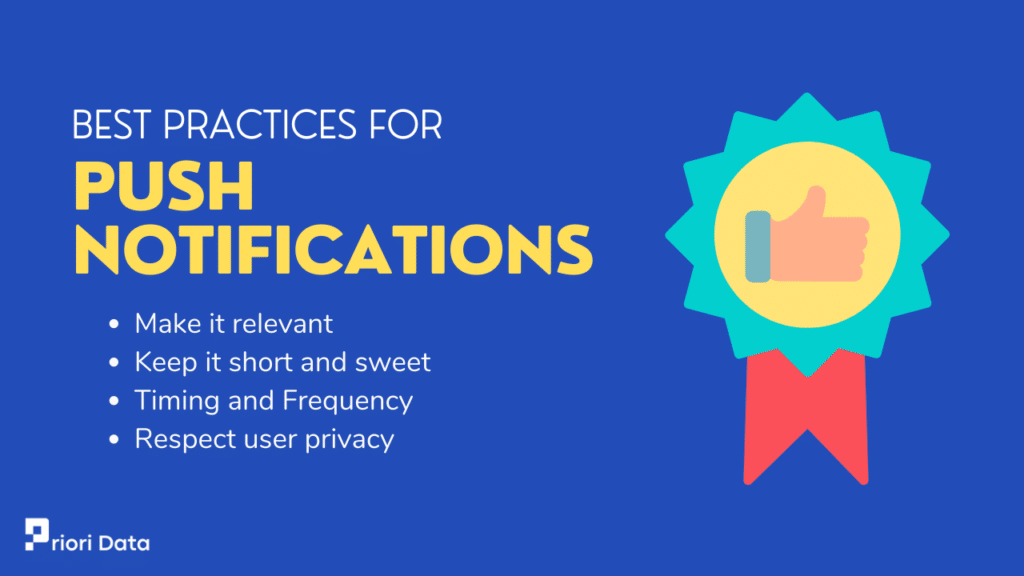
1. Make it relevant
Ensure that the content of the notification is relevant and valuable to the user. Personalized messages that matter to user’s interests are more effective than generic notifications.
Let’s explore an example, if your app is a fitness tracker, you could send a notification to the user. For reminding them to exercise at a time when they work out, based on their previous data. This will improve user engagement when they find the notification useful.
2. Keep it short and sweet
Notifications should be brief and to the point and concisely convey the information. Write crisp notifications which convey the content in as few words as possible.
Keep notifications in simple language and avoid using technical terms. It notifies that the communication should be clear, to the point, and easy to understand.
3. Timing and Frequency
Consider the timing of notifications carefully. Notifications that interrupt users during important tasks can be frustrating.
Don’t overwhelm users with too many notifications. Consider the optimal frequency based on the user’s preferences and the type of app. Follow a certain frequency per day to display notifications. You can control your settings, such as turning off or adjusting its frequency per day.
4. Respect user privacy
Follow best practices for data privacy and security, including collecting data. Make sure to get user consent from the user.
Follow best practices for data privacy and security, including collecting data. Make sure to get user consent from the user. The app develops in a way to protects the user’s personal information.
This involves the user’s name, contact details, location, and other sensitive data. Avoid sharing user data with third parties without explicit user consent. By respecting user privacy, users can gain trust for a positive user experience.
FAQs
Ques 1. Are push notifications safe?
Ans. They are safe as long as they come from trusted sources and are not used for phishing or malicious purposes. Make sure to install apps only from trusted sources without harming your device.
Ques 2. Is a push notification an email?
Ans. No, a push notification is not an email, but rather a short message. It conveys its content shortly and crisply rather than a lengthy message.
Ques 3. What is the difference between a push notification and a regular notification?
Ans. Push notifications can be more customizable than regular notifications. That allows for greater control over the content, and timing of the notification.
Ques 4. Does Whatsapp use push notifications?
Ans. Yes, WhatsApp uses push notifications to notify users of new messages. It also helps to convey other app-related activities such as voice calls and video calls.
Ques 5. How do apps receive push notifications?
Ans. Apps receive push notifications through a server-side push service API. That results in delivering messages to the user’s device, resulting in a notification.




